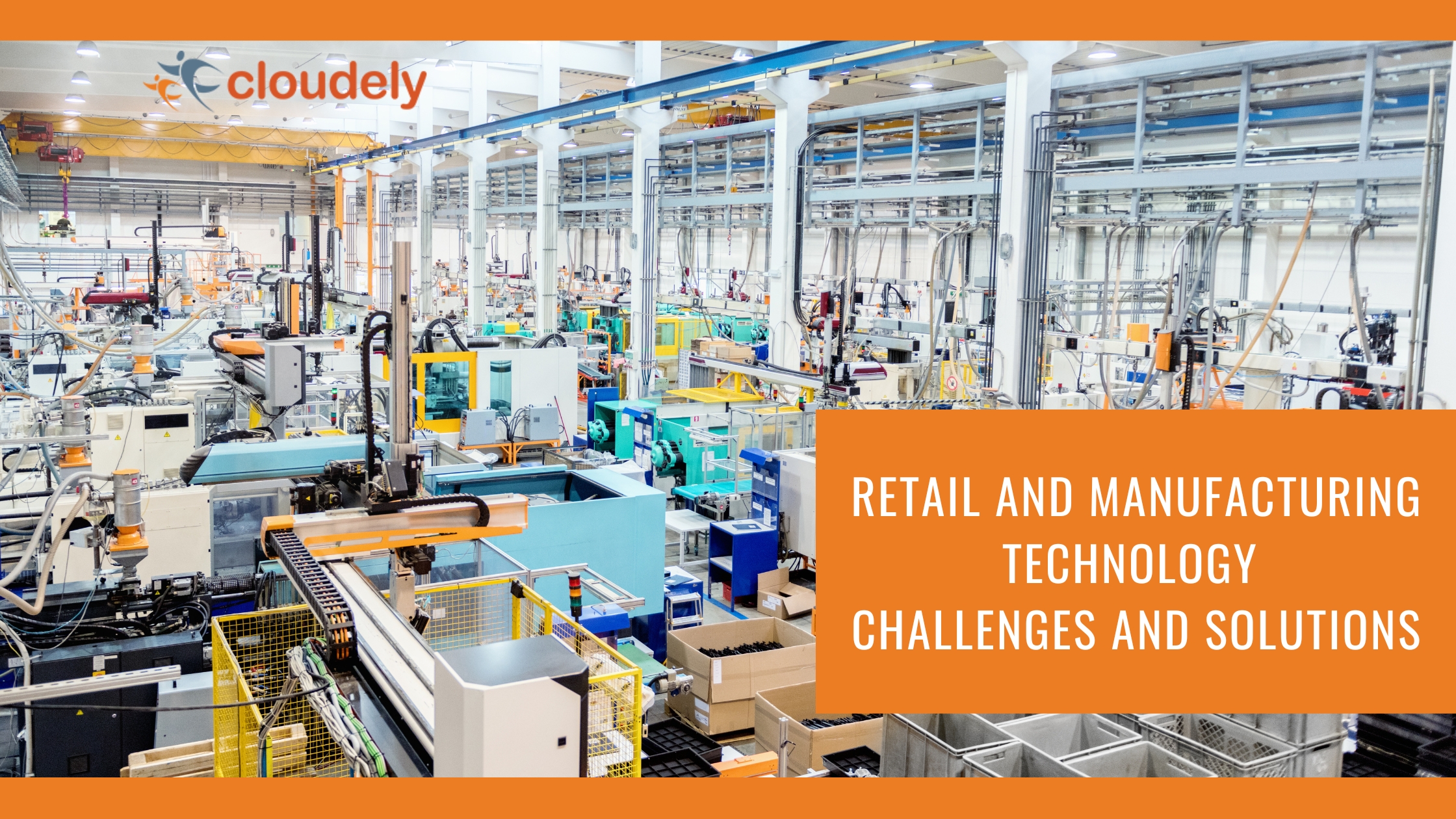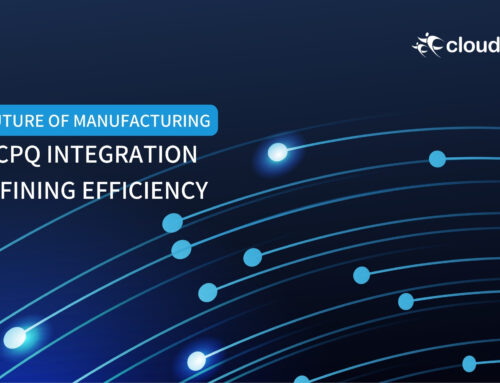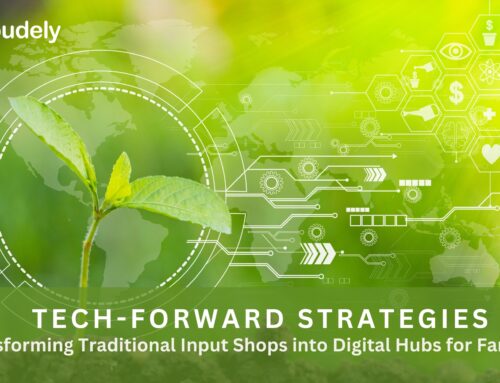The retail and manufacturing industries are undergoing massive technological disruption. From e-commerce to digital marketing, new technologies are changing how companies sell, market, and deliver products. However, with change comes challenges. Both industries face issues integrating new tech, improving customer experiences, boosting sales, and streamlining operations.
Table of Contents
Top 10 Retail and Manufacturing Technology Challenges
From embracing e-commerce and omnichannel sales to optimizing marketing performance and supporting hybrid work arrangements, organizations must navigate these hurdles to stay competitive. Here, you will explore the top retail and manufacturing technology challenges and how companies can overcome them.
Increasing Online and Omnichannel Sales
As consumers increasingly shift their purchasing habits online, retailers and manufacturers must adapt to the digital realm. Establishing a robust online presence, optimizing e-commerce platforms, and integrating seamless omnichannel experiences are crucial. Leveraging persuasive product descriptions, engaging visuals, and user-generated content can enhance online sales.
To drive omnichannel sales, retailers need a single view of customers based on data aggregated from all channels and touchpoints. Big data analytics, machine learning algorithms, and marketing automation tools enable retailers to deliver personalized omnichannel experiences.
Improving Customer Experience
Delivering exceptional customer experiences is paramount for retailers and manufacturers. Investing in user-friendly interfaces, intuitive navigation, and seamless checkout processes enhances customer satisfaction.
Leveraging data analytics and artificial intelligence, businesses can gain insights into customer behavior, preferences, and pain points. This enables them to tailor their offerings, provide personalized recommendations, and deliver proactive customer support, fostering long-term loyalty and advocacy.
For manufacturers, challenges include connecting directly with end-consumers. Building D2C capabilities through owned eCommerce channels provides valuable customer data to improve experiences.
Driving New Customer Acquisition
Acquiring new customers is a perpetual challenge for retail and manufacturing organizations. Employing effective content marketing strategies, such as search engine optimization (SEO), social media marketing, and influencer partnerships, can expand brand visibility and attract potential customers.
Engaging storytelling, compelling visuals, and interactive content can captivate audiences, driving brand awareness and consideration.
Loyalty programs provide incentives for existing customers to recommend retailers. Modernizing programs by making them mobile-first, personalized, and integrating across channels can increase referrals.
Also Read: Tech Trends that Would Reshape Retail in 2024
Growing Recurring/Subscription Revenue
Adopting a subscription-based revenue model can provide stability and predictable income streams for retail and manufacturing businesses.
Offering subscription options, exclusive perks, and personalized experiences can entice customers to commit to recurring purchases. Rent-to-own or product leasing caters to preferences for flexible access over ownership.
For retailers, this translates products into services while tapping into the rental economy. Launching rental subscriptions for products like furniture, apparel, and electronics is gaining traction.
Effective communication and content strategies, including email marketing and targeted promotions, nurture customer relationships, encourage retention, and drive recurring revenue growth.
Enabling Remote Selling Capabilities
The COVID-19 pandemic has accelerated the shift towards remote work and selling. Equipping sales teams with the necessary technology tools, such as video conferencing platforms, virtual product demonstrations, and digital sales enablement materials, ensures seamless remote selling experiences.
Developing engaging and informative product content tailored to remote interactions helps sales professionals effectively communicate product value propositions and overcome customer objections, fostering successful remote sales engagements.
Manufacturers must also support distributors and retailers with digital assets and experiences. Online product education, virtual demos, and training build partner capabilities for remote sales.
Integrating Business Systems
Seamless integration of disparate business systems is crucial for retail and manufacturing organizations. Implementing enterprise resource planning (ERP), customer relationship management (CRM), and inventory management systems can greatly optimize operations, ensure data precision, and boost organizational effectiveness.
By integrating these systems, businesses can seamlessly share real-time data, make decisions, and successfully navigate the evolving market landscape.
Streamlining Product Development
Developing, producing, and launching products quickly and cost-effectively is crucial for retail success. 3D simulation software saves the costs of physical prototyping.
Product lifecycle management and enterprise resource planning systems connect design, engineering, and manufacturing for faster development.
Automated production boosts speed and efficiency. Industrial IoT connects manufacturing machines, enabling tracking, monitoring, and coordinating the entire assembly line.
Optimizing Marketing Performance
Ensuring marketing efforts yield measurable results is crucial in an increasingly competitive landscape. Deploying data-driven marketing strategies, leveraging analytics platforms, and conducting A/B testing help optimize marketing performance.
By analyzing key metrics, businesses can refine their content strategies, identify high-performing channels, and allocate resources effectively.
Continually optimizing spend and campaigns also requires agility that traditional market tech stacks need to improve. Moving to modular stacks with connected best-of-breed tools improves agility. Automation and AI further optimize programs by dynamically allocating budgets and personalizing messaging.
Implementing marketing automation tools streamlines campaign execution improves lead nurturing, and enables personalized customer journeys, maximizing marketing ROI.
Suggested Reading: How Does Salesforce Manufacturing Cloud Help Companies?
Supporting Hybrid Work Arrangements
The rise of hybrid work models necessitates effective collaboration and communication tools. Implementing project management platforms, video conferencing software, and internal knowledge-sharing systems fosters seamless collaboration between remote and on-site teams.
Securely enabling remote access has technology challenges, especially for manufacturers. Multi-factor authentication, endpoint management software, and data loss prevention capabilities improve security. Moving operations and data to the cloud also increases security.
Creating a cohesive company culture, regardless of physical location, is crucial for employee engagement, productivity, and overall business success.
Maintaining Website Performance
A high-performing website is vital for attracting and retaining customers. Optimizing website speed, mobile responsiveness, and user experience enhances customer satisfaction and reduces bounce rates.
Regularly monitoring website performance, conducting load testing, and implementing security measures to safeguard against downtime, data breaches, and potential revenue loss. Investing in scalable hosting solutions and leveraging content delivery networks (CDNs) ensures a smooth online experience, even during peak traffic periods.
Future Outlook
Seamless integration of business systems, streamlined product development processes, optimized marketing performance, and support for hybrid work arrangements further contribute to success. By maintaining website performance and staying abreast of emerging technologies, retailers and manufacturers can navigate the evolving landscape, drive growth, and thrive in an increasingly digital and interconnected world.
Conclusion
In an increasingly digital and competitive landscape, retail and manufacturing organizations face numerous technology challenges. By embracing online sales channels, prioritizing customer experience, driving new customer acquisition, and adopting agile strategies, businesses can overcome these hurdles.
At Cloudely, we help businesses to stay competitive with technology trends. Email us at hello@cloudely.com to impart the power of digital transformation for your business.






